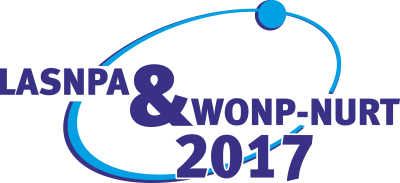Speaker
Description
The first phase I/II clinical trial involving the application of particle beam radiation therapy (PBRT) with ions heavier than protons up were initiated at the University of California, San Francisco / Lawrence Berkeley National Laboratory (UCSF-LBNL) in 1975 [1–4]. This trial prospectively evaluated tumor responses to PBRT and collected information on the late effects. The last trial extension, submitted to the National Institutes of Health / National Cancer Institute in 1991 by Drs. Castro, Phillips, and others from UCSF-LBNL, was awarded an outstanding score. The main goals of the proposed 5-year extension were: (1) to complete phase II and III trials in selected, specific tumor sites, (eye, paranasal sinuses, skull base, juxtaspinal area, brain, bone, soft tissue, biliary, prostate) and (2) to begin clinical studies with the unique dynamic conformal treatment delivery system available only at LBNL. This would permit 2D-raster scanning to be combined with variable modulation and dynamic collimation, affording a unique opportunity to study the benefits of optimized dose-localization with heavy charged particles.
After tailoring individualized PBRT ion treatments for nearly 2,500 patients over 17 years, the facility at Berkeley Lab was closed by the Department of Energy in 1992, due to budget constraints. Proton beam therapy for uveal melanoma continued at the UCSF-LBNL Crocker Lab, with some noteworthy successes [5]. Following the lead in Berkeley, several other hospital-based heavy ion therapy facilities were developed in Japan, Germany, and Italy [6,7].
